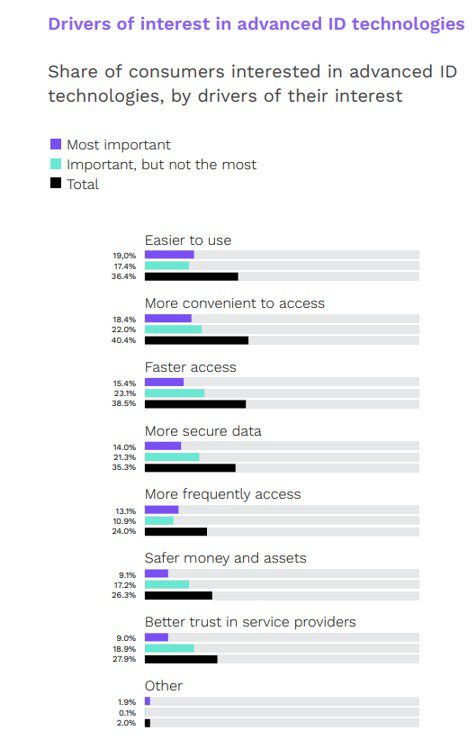Intelligent Tech Balances Customer Convenience With Identity Theft

Identity theft and other types of fraud will become even more widespread in 2023.
That’s according to the latest report released by the Identity Theft Resource Center (ITRC), which predicts that next year will see a greater proliferation of payment app scams. Incidents of ID criminals using impersonation techniques to open new financial accounts and hijack social media accounts are anticipated to rise as well.
Financial fraud is nothing new to the banking industry. But coupled with rising consumer demand for convenience, the expected uptick represents an urgent need for financial institutions (FIs) to balance security and a positive customer experience. Many FIs are looking at cutting-edge strategies to meet this challenge. PYMNTS research shows that intelligent data use and other digital innovations may fit the bill.

Fraud is almost always top of mind for FinTechs, and for good reason: The industrywide numbers are astounding. The average FinTech cedes 1.7% of its revenue to fraud every year, representing approximately $51 million. Combating these crimes often leads to FIs imposing friction on account holders. FinTechs that view the cost of fraud as a central concern inflict friction on account holders twice as often as those that do not. This could possibly lead to a cycle of poor user experience, especially when it comes to authentication friction.
Download the report: The FinTech Fraud Ripple Effect
However, even as customers cite frustration with friction, they are ready to switch banks if they feel that their FI isn’t satisfactorily fighting fraud. And PYMNTS has found that in terms of measuring trust in FIs, security ranks high in importance for 83% of consumers. Fifty-three percent say consistency across multiple platforms also has a strong impact on their trust in FIs.
Advanced ID technology may be one method that strikes the fraud and convenience balance, as 57% of consumers who have utilized advanced ID tech say they would do so again. Approaches using this strategy can include voice recognition, keyboard logging, liveness detection with selfies and fingerprint scans.
Another more individualized approach other banks are taking is investing in fingerprint technology, which has matured into biometrics. Biometric payment cards include a fingerprint scanner in the card, which allows users to conduct safer transactions without reaching for their phones. Consumers willing or able to adopt this technology may find it a more frictionless, yet more secure, point-of-sale purchasing method.
Read the report: Digital Identity: Ditching Passwords Could Unlock a $59 Billion Biometrics Market
Still other FIs and companies that support them are leveraging the advantages of data. In an interview with PYMNTS’ Karen Webster, Alloy CFO Kiran Hebbar describes how he sees intelligent use of data as a driving force behind combating fraud.
“Increasingly, we’re working with data partners that have good information from state registration and business registration systems,” he said. “And it becomes easier to verify the identities of SMBs and give them the same level of exposure to credit products that a bank might offer to a consumer.”
High-tech tools are needed to fight high-tech criminals. In today’s world, banks may want to consider incorporating advanced ID tech and intelligent data in their overall fraud prevention plan. Successful strategies can be tailored to fit the capabilities of each institution. It could be a singular or multipronged approach to battle fraud and identity theft while keeping customers happy, depending on a bank’s individual strengths. The only poor choice is to ignore the issue, which may lead to banks losing the war against these bad actors.
